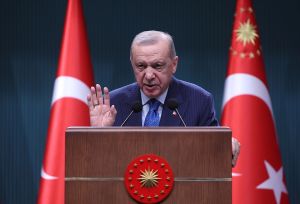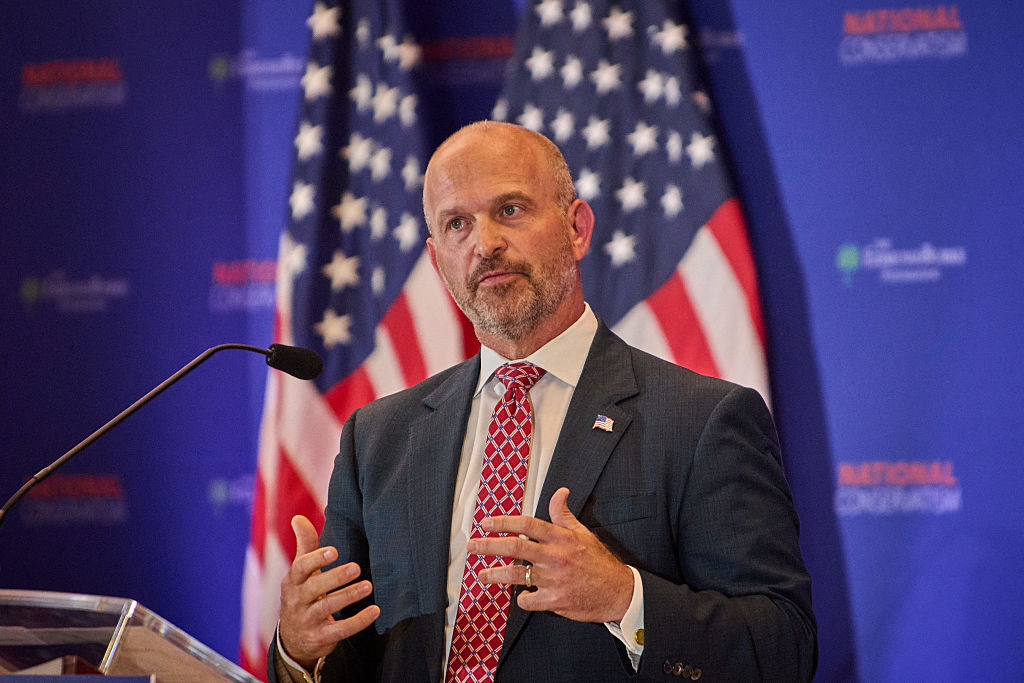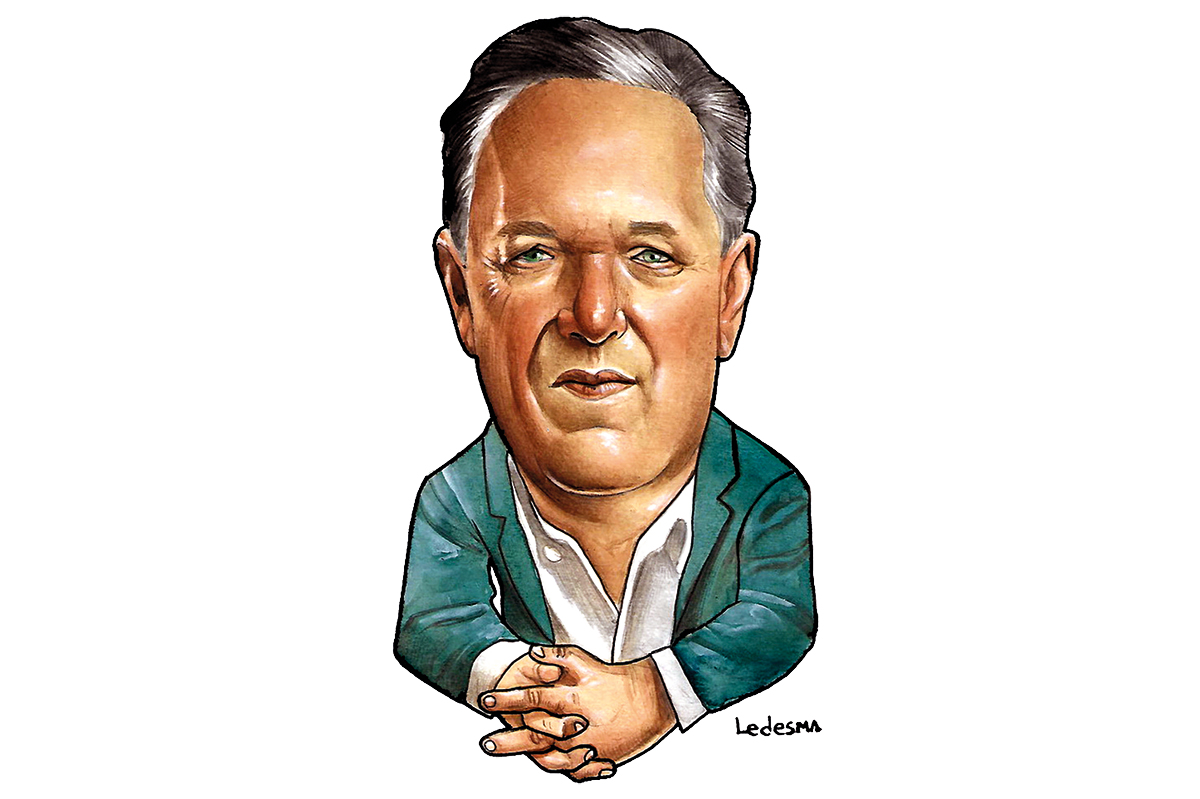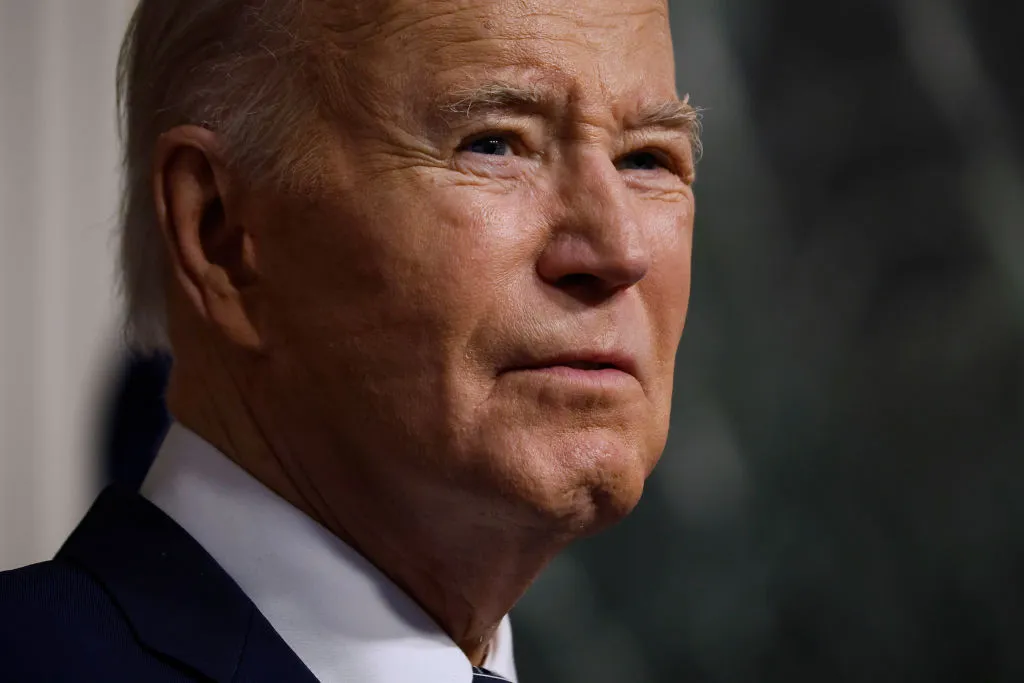There was great fanfare when Piers Morgan re-entered the world of television three years ago to front a new prime-time show on Rupert Murdoch’s TalkTV. Morgan framed the move as a fightback against cancel culture, a return to free speech and a declaration of independence from the constraints of legacy media.
“I’m delighted to now be returning to live television,” he announced in the show’s trailer, promising to “cancel the cancel culture” and to bring “lively, vigorous debate” and even, in his words, the increasingly taboo three-letter word: fun.
What began as an ambitious, if characteristically self-aggrandizing, venture has since devolved into something much darker and altogether more degraded. TalkTV itself has folded as a linear broadcast channel, unable to match the traction of rival GB News. Morgan was given advance leave to migrate his program to his own YouTube channel, an arrangement that let him present the move as an embrace of the future, aligning himself with the likes of Joe Rogan or the post-Fox Tucker Carlson. But while Morgan did indeed gain the potential for more lucrative direct monetization through ads and sponsored segments – which now punctuate his shows in the form of old-school American-style radio pitches for VPNs, cat food, fermented teas and creatine health supplements – one suspects the shift was driven more by financial necessity than creative vision.
More crucially, the tone and structure of Morgan’s show have undergone a dismal transformation. In its early phase, Piers Morgan Uncensored occasionally lived up to its promise: it brought together voices seldom heard elsewhere in the mainstream, especially on the Middle East, and offered space for extended, sometimes illuminating, exchanges. However one felt about the guests, the discussions often yielded genuine insight. That now feels like another era.
Today, the format resembles a political version of The Jerry Springer Show: split screens filled with talking heads shouting over one another, curated more for their social media followings than their intellectual substance. The thumbnails for these videos – angry faces, flailing arms, and the word ‘VS’ emblazoned across the frame – are textbook clickbait. This isn’t accidental. In the ruthless economy of digital engagement, rage sells. Ever the tabloid operator, Morgan has leant into this with relish.
Morgan’s interview this week with the barrister Natasha Hausdorff is a case study in what has gone wrong. His interruptions, disdain, and personal insults – not merely abrasive, but often sneering – feel fundamentally un-British in their tone and tenor. There is no regard for decorum, nor for the kind of civility traditionally prized in serious public discourse.
Hausdorff, articulate and composed, attempted to provide a legal and reason-based perspective on the war in Gaza. Instead of engaging with her arguments, Morgan drowned her out with interruptions, shouted “bullshit” repeatedly, and accused her of being disingenuous when she questioned the veracity of certain widely-circulated reports. Her crime was not denial – she did not deny Palestinian deaths as he alleged – but hesitation to endorse statistics and claims that lacked verification. One need not agree with Hausdorff to treat her with respect and good manners. In a cruel irony, a show called Uncensored effectively censored a guest through aggression and derision.
At times, Morgan’s show feels like the famous Monty Python “Argument Clinic” sketch: a customer enters an office expecting a reasoned debate, only to be met with a man who contradicts every statement without providing any rationale. The customer grows increasingly exasperated, eventually pleading: “An argument’s not the same as contradiction,” only to be met with the reply, “Yes, it is.” “No, it isn’t!” he continues. “Argument’s an intellectual process. Contradiction’s just the automatic gainsaying of anything the other person says.” – “No, it isn’t.” – “Yes, it is.”
For too many of Morgan’s guests, the attempt to offer coherent argument is met with precisely this kind of juvenile gainsaying, but ruder.
The descent into polemical theatre is especially tragic because Morgan’s show once promised a corrective to mainstream media’s superficiality. Instead, it has become a hyperactive clone of the very culture it set out to challenge. Now, rather than challenge conventional narratives or explore uncomfortable truths, Morgan spends his airtime orchestrating viral spats and inviting predictable provocateurs whose value lies in their ability to generate “engagement” rather than enlightenment.
The answer why is, I suspect, not mysterious: money and visibility (neither one inherently a bad thing). In a digital ecosystem governed by algorithms that reward emotion over substance, rage over nuance, and spectacle over sincerity, Morgan has simply adapted to survive. But in doing so, he has helped debase the very discourse he once claimed to defend. The incentive structures of YouTube prioritize viewer retention, comment activity, and shares. Anger sustains attention; complexity does not. Morgan’s show now insults its viewers’ intelligence, rather than serving their curiosity.
The sad part is that Morgan knows how to be an excellent interviewer. But his appetite for attention is well known, even sometimes at the expense of accuracy. In 2004, as editor of the Daily Mirror, he was fired after publishing doctored photographs purporting to show British soldiers abusing Iraqi prisoners. The fake images were condemned by the Ministry of Defence and traced to a Territorial Army base in the UK. Morgan refused to apologize, later saying that he had put the photos to the MoD, who didn’t raise the issue before publication. He insisted the photos symbolized real abuses. Morgan also said he would apologize if “firm evidence ever materializes that they were 100 percent fake.” That episode, and Morgan’s refusal to concede error, bear a haunting resemblance to his treatment of Hausdorff. When she raised concerns about manipulated imagery in the context of the Gaza war, she was shouted down, accused of denial, and mocked with contempt.
The tragedy is not simply Morgan’s transformation. It is that amid all this – amid the noise, the posturing, the monetized outrage – the only person who seems to emerge enriched is Morgan himself. He gains the visibility, the platform and the advertising revenue. While guests are demeaned, audiences are infantilized, and public discourse is coarsened, Morgan reaps the algorithmic rewards. He is the sole winner of a game that cheapens everyone else involved. It is the definition of failing upwards: every firing, every walkout, every controversy becomes a springboard to greater notoriety.
There is something almost admirable in the audaciousness with which Morgan turns personal and professional setbacks into further spectacle. But it is equally, and more consequentially, reprehensible in its effect on the wider public sphere. It is what that transformation reveals about the current media environment. Outrage is monetized, dissent is theatricalized and good faith argument is overrun by partisan brawling. Piers Morgan once promised to widen the conversation. Today, he narrows it to the crudest dimensions of the culture war.
So what has happened to Piers Morgan? Nothing all that surprising. The man who made his name as a tabloid editor has returned to form – this time on a new platform, but with the same old instincts. The only difference is that now, the damage is global, instantaneous, and algorithmically amplified.


























Leave a Reply